Kia Niro vs Volvo XC90 - Differences and prices compared
Costs and Efficiency:
Price and efficiency are often the first things buyers look at. Here it becomes clear which model has the long-term edge – whether at the pump, the plug, or in purchase price.
Kia Niro has a clearly advantage in terms of price – it starts at 29100 £, while the Volvo XC90 costs 69800 £. That’s a price difference of around 40628 £.
Fuel consumption also shows a difference: Kia Niro manages with 2.40 L and is therefore significantly more efficient than the Volvo XC90 with 3.50 L. The difference is about 1.10 L per 100 km.
As for range, the Volvo XC90 performs slightly better – achieving up to 71 km, about 9 km more than the Kia Niro.
Engine and Performance:
Power, torque and acceleration are the classic benchmarks for car enthusiasts – and here, some clear differences start to show.
When it comes to engine power, the Volvo XC90 has a clearly edge – offering 455 HP compared to 180 HP. That’s roughly 275 HP more horsepower.
In acceleration from 0 to 100 km/h, the Volvo XC90 is clearly quicker – completing the sprint in 5.40 s, while the Kia Niro takes 9.90 s. That’s about 4.50 s faster.
In terms of top speed, the Kia Niro performs hardly perceptible better – reaching 185 km/h, while the Volvo XC90 tops out at 180 km/h. The difference is around 5 km/h.
There’s also a difference in torque: Volvo XC90 pulls decisively stronger with 709 Nm compared to 265 Nm. That’s about 444 Nm difference.
Space and Everyday Use:
Cabin size, boot volume and payload all play a role in everyday practicality. Here, comfort and flexibility make the difference.
Seats: Volvo XC90 offers evident more seating capacity – 7 vs 5.
In curb weight, Kia Niro is convincingly lighter – 1474 kg compared to 2080 kg. The difference is around 606 kg.
In terms of boot space, the Kia Niro offers noticeable more room – 451 L compared to 302 L. That’s a difference of about 149 L.
In maximum load capacity, the Volvo XC90 performs distinct better – up to 1856 L, which is about 411 L more than the Kia Niro.
When it comes to payload, Volvo XC90 clearly perceptible takes the win – 710 kg compared to 466 kg. That’s a difference of about 244 kg.
Who wins the race?
The Volvo XC90 proves to be leaves the rival little chance and therefore becomes our DriveDuel Champion!
Volvo XC90 is the better all-rounder in this comparison.
 @ Volvo Cars
@ Volvo Cars
Volvo XC90
Costs and Consumption
View detailed analysis
Engine and Performance
View detailed analysis
Dimensions and Body
View detailed analysis
Kia Niro
The Kia Niro blends clever packaging and modern styling into a compact crossover that’s refreshingly sensible for daily life. It’s comfortable, economical and packed with user‑friendly tech, so if you want a fuss‑free family car with a touch of green credibility, the Niro is worth a test drive.
details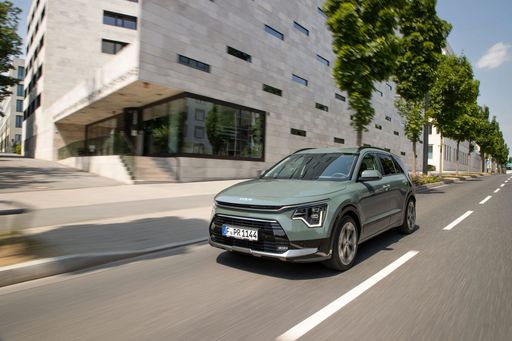 @ Kia Corporation
@ Kia Corporation
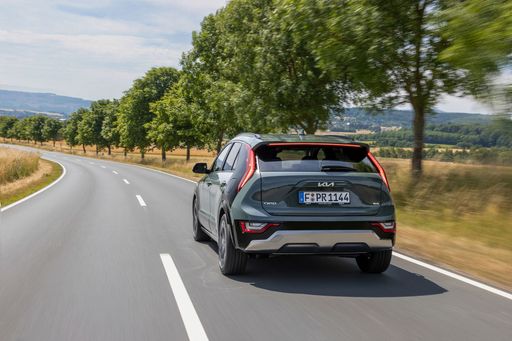 @ Kia Corporation
@ Kia Corporation
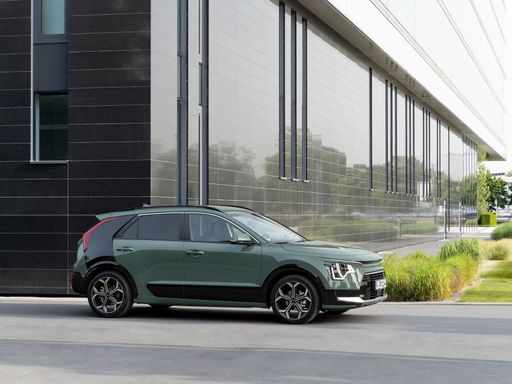 @ Kia Corporation
@ Kia Corporation
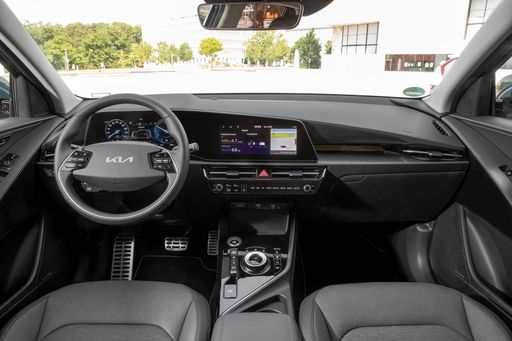 @ Kia Corporation
@ Kia Corporation
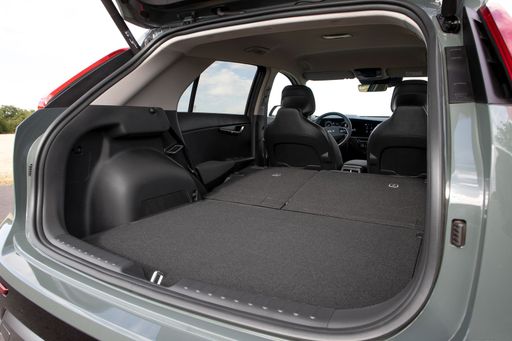 @ Kia Corporation
@ Kia Corporation
Volvo XC90
The Volvo XC90 is a serene Scandinavian SUV that mixes minimalist luxury with a composed, confidence-inspiring presence — ideal for buyers who want family practicality without sacrificing style. Inside it serves up a calm, well-crafted cabin and user-friendly tech that keeps long journeys pleasant and tantrums to a minimum, making the XC90 a smart, stylish pick for sensible drivers.
details @ Volvo Cars
@ Volvo Cars
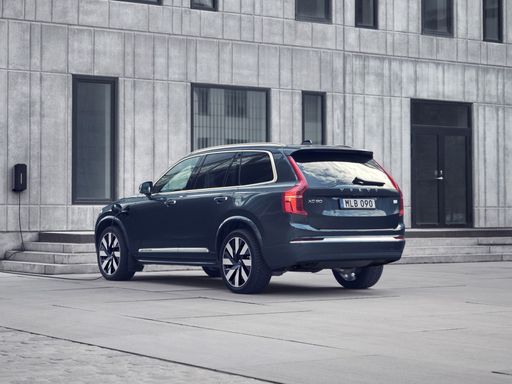 @ Volvo Cars
@ Volvo Cars
 @ Volvo Cars
@ Volvo Cars
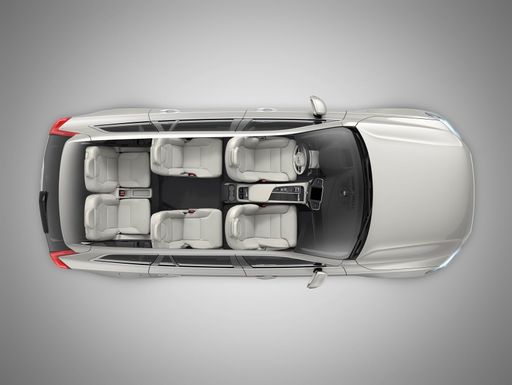 @ Volvo Cars
@ Volvo Cars
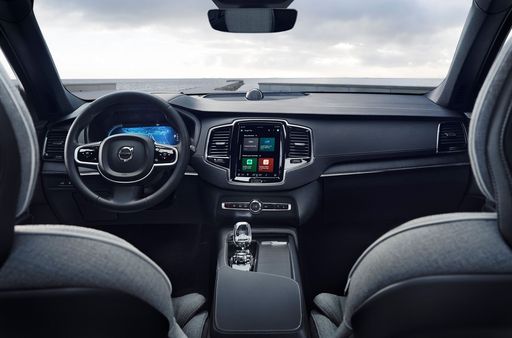 @ Volvo Cars
@ Volvo Cars
 @ Kia Corporation
@ Kia Corporation
|
 @ Volvo Cars
@ Volvo Cars
|
|
|
|
Costs and Consumption |
|
|---|---|
|
Price
29100 - 38600 £
|
Price
69800 - 84600 £
|
|
Consumption L/100km
2.4 - 4.9 L
|
Consumption L/100km
3.5 - 8.5 L
|
|
Consumption kWh/100km
-
|
Consumption kWh/100km
-
|
|
Electric Range
57 - 62 km
|
Electric Range
71 km
|
|
Battery Capacity
1.3 - 11.1 kWh
|
Battery Capacity
14.70 kWh
|
|
co2
53 - 111 g/km
|
co2
79 - 191 g/km
|
|
Fuel tank capacity
37 - 42 L
|
Fuel tank capacity
71 L
|
Dimensions and Body |
|
|---|---|
|
Body Type
SUV
|
Body Type
SUV
|
|
Seats
5
|
Seats
7
|
|
Doors
5
|
Doors
5
|
|
Curb weight
1474 - 1594 kg
|
Curb weight
2080 - 2297 kg
|
|
Trunk capacity
348 - 451 L
|
Trunk capacity
262 - 302 L
|
|
Length
4420 mm
|
Length
4953 mm
|
|
Width
1825 mm
|
Width
1923 mm
|
|
Height
1545 mm
|
Height
1771 mm
|
|
Max trunk capacity
1342 - 1445 L
|
Max trunk capacity
1816 - 1856 L
|
|
Payload
466 kg
|
Payload
653 - 710 kg
|
Engine and Performance |
|
|---|---|
|
Engine Type
Full Hybrid, Plugin Hybrid
|
Engine Type
Petrol MHEV, Plugin Hybrid
|
|
Transmission
Automatic
|
Transmission
Automatic
|
|
Transmission Detail
Dual-Clutch Automatic
|
Transmission Detail
Automatic Gearbox
|
|
Drive Type
Front-Wheel Drive
|
Drive Type
All-Wheel Drive
|
|
Power HP
138 - 180 HP
|
Power HP
250 - 455 HP
|
|
Acceleration 0-100km/h
9.9 - 11.4 s
|
Acceleration 0-100km/h
5.4 - 7.7 s
|
|
Max Speed
170 - 185 km/h
|
Max Speed
180 km/h
|
|
Torque
265 Nm
|
Torque
360 - 709 Nm
|
|
Number of Cylinders
4
|
Number of Cylinders
4
|
|
Power kW
102 - 132 kW
|
Power kW
184 - 335 kW
|
|
Engine capacity
1580 cm3
|
Engine capacity
1969 cm3
|
General |
|
|---|---|
|
Model Year
2025
|
Model Year
2024 - 2025
|
|
CO2 Efficiency Class
C, B
|
CO2 Efficiency Class
G, B
|
|
Brand
Kia
|
Brand
Volvo
|
Is the Kia Niro offered with different drivetrains?
The Kia Niro is available as Front-Wheel Drive.
The prices and data displayed are estimates based on German list prices and may vary by country. This information is not legally binding.
